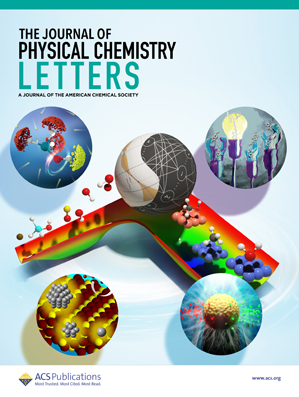通过富含 LiF 的保护层提高金属锂锂电池的无枝晶型金属锂负极性能
IF 4.8
2区 化学
Q2 CHEMISTRY, PHYSICAL
引用次数: 0
摘要
锂金属电池是一种前沿的储能设备,但锂金属的高表面扩散能垒促使Li+优先积累和沉积,促进锂枝晶的生长。为了解决这一挑战,采用了一种直接的基于溶剂的方法在锂阳极上创建富liff保护层。均匀的LiF界面有利于Li+的输运,有效诱导锂的均匀电镀和剥离,同时抑制枝晶的形成。值得注意的是,采用适当的锂燃料修饰的锂阳极的对称电池显着增强了循环性能。重要的是,与LiFePO4匹配的完整电池显示出146.3 mAh g-1的初始容量,300次循环后的容量保持率为92.7%。在PEO固态电池的对称电池和全电池中也得到了实际应用的验证。这项工作强调了锂离子保护层促进无枝晶锂金属阳极的潜力。本文章由计算机程序翻译,如有差异,请以英文原文为准。

Enhancement of Dendrite-Free Lithium Metal Anode Performance through LiF-Rich Protective Layer for Lithium Metal Batteries
Lithium metal batteries represent a cutting-edge class of energy storage devices, yet the high surface diffusion energy barrier of lithium metal prompts preferential Li+ accumulation and deposition, fostering the growth of lithium dendrites. To address this challenge, a straightforward solvent-based approach is employed to create a LiF-rich protective layer on the lithium anode. The uniform LiF interface facilitates the transport of Li+ and effectively induces the uniform plating and stripping of lithium while inhibiting the formation of dendrites. Notably, the symmetric battery incorporating a lithium anode modified with appropriate LiF demonstrates substantially enhanced cycling performance. Importantly, the full cell matched with LiFePO4 displays an initial capacity of 146.3 mAh g–1 and a capacity retention rate of 92.7% after 300 cycles. Its practical application has also been verified in symmetric batteries and full batteries for PEO solid-state batteries. This work underscores the potential of the LiF protective layer to boost the dendrite-free lithium metal anode.
求助全文
通过发布文献求助,成功后即可免费获取论文全文。
去求助
来源期刊

The Journal of Physical Chemistry Letters
CHEMISTRY, PHYSICAL-NANOSCIENCE & NANOTECHNOLOGY
CiteScore
9.60
自引率
7.00%
发文量
1519
审稿时长
1.6 months
期刊介绍:
The Journal of Physical Chemistry (JPC) Letters is devoted to reporting new and original experimental and theoretical basic research of interest to physical chemists, biophysical chemists, chemical physicists, physicists, material scientists, and engineers. An important criterion for acceptance is that the paper reports a significant scientific advance and/or physical insight such that rapid publication is essential. Two issues of JPC Letters are published each month.
 求助内容:
求助内容: 应助结果提醒方式:
应助结果提醒方式:


